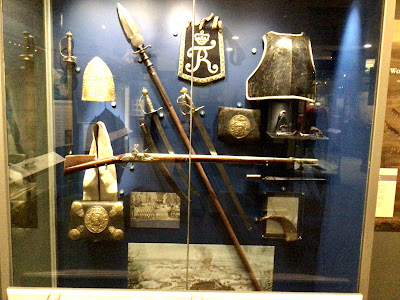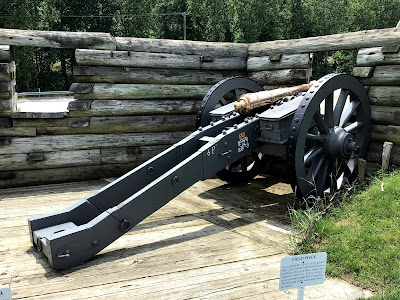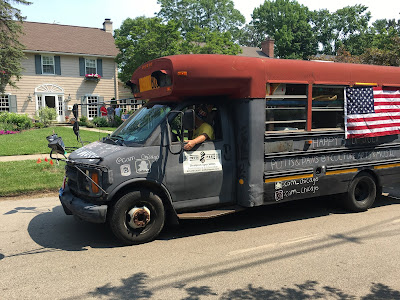 |
| The 4th New York Regiment Fife and Drum Miniatures |
This week I finished the painting and basing of a 30-figure Continental Army regiment, the 4th New York, for my Saratoga Project. As with the regiments in this project, the unit has five bases, each measuring 60mm frontage by 80mm depth. The bases were purchased from Litko.
I designed this regiment to be in a firing line with a mix of figures that are firing muskets, reloading and standing at the ready. The combined effect of all of these different poses is stunning, in my humble opinion. This may well be one of the best painted units that I have done for this project. I am still waiting for the flags to arrive from GMB Designs, but other than that, the 4th New York Regiment is complete and ready for tabletop action.
Here are some close up shots of the new unit. I was not able to fit all five stands into the photos so I took pictures of 3 and 4 bases at a time.
 |
| In this unit, I used the officer in hunting shirt along with a few other hunting shirt poses, a couple of the militia figures, and some of the regular Continental uniforms |
 |
| The side view of the command stand and one other stand. Note the variety of poses that lends a sense of "action" to the regiment. |
 |
| Well, one way to fit all five stands into one photo is to have them back to back. |
I did not do any head conversions in the 4th New York because I am in a rush to get three more regiments painted in the three weeks leading up to this year's Seven Years War Association Convention on August 5th through 7th, 2021. I wanted to have some figures wearing round hats (brimmed hats) so I selected four such figures from the CA-001 American Militia pack: standing firing, kneeling firing, cocking musket, and advancing at port arms. I also used a mix of figures wearing regulation coats and hunting shirts to provide even more visual variety.
I based the figures into two ranks with the firing poses in the front rank and all other poses (ramming with ram rod, reloading, at the ready, standing, etc.) in the rear second rank. The deeper bases protect the muskets and bayonets from wear and tear on the gaming table, but also have the added benefit of having room to make some dioramas on the stands. One of the officers shielding his eyes with one hand is placed a bit forward from the rest of the firing line. Another casualty figure in hunting shirt, getting knocked off of his feet from a musket ball, also stands a little bit forward from the rest of the line. The firing poses are a mix of Continentals wearing tricorn hats, men in hunting shirts wearing tricorn hats, and militia figures wearing round hats. I simply paint the militia in the regimental uniform of the Continentals (albeit, the militia figures do not have lapels)..
I am a big proponents of firing lines because of the dynamic look of action that they provide. I also like the standard marching poses, but I don't want every regiment in the army to be marching.
The next unit on my painting table is a Massachusetts regiment wearing blue coats with white facings (lapels, cuffs and collars). They will be in marching poses.



























































